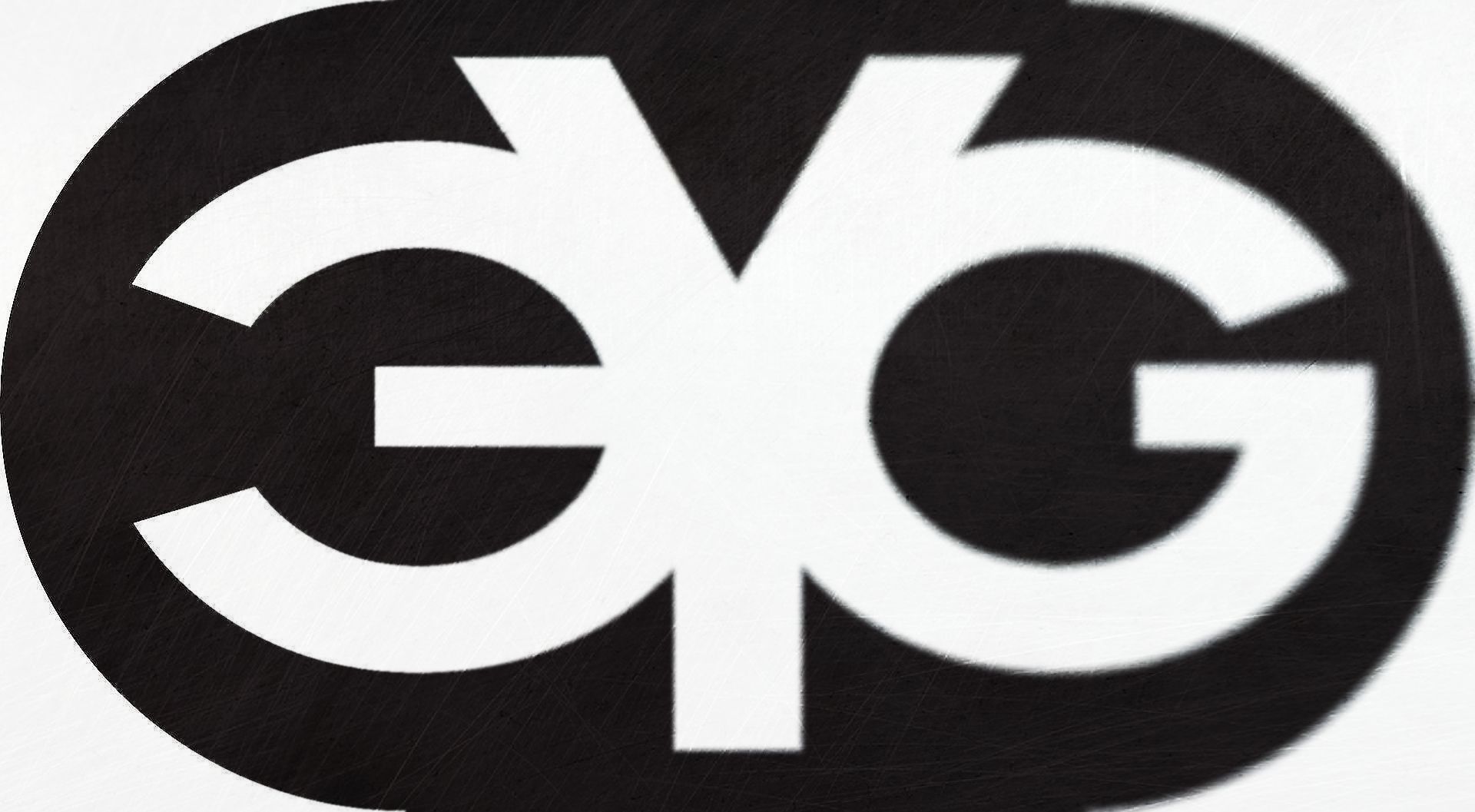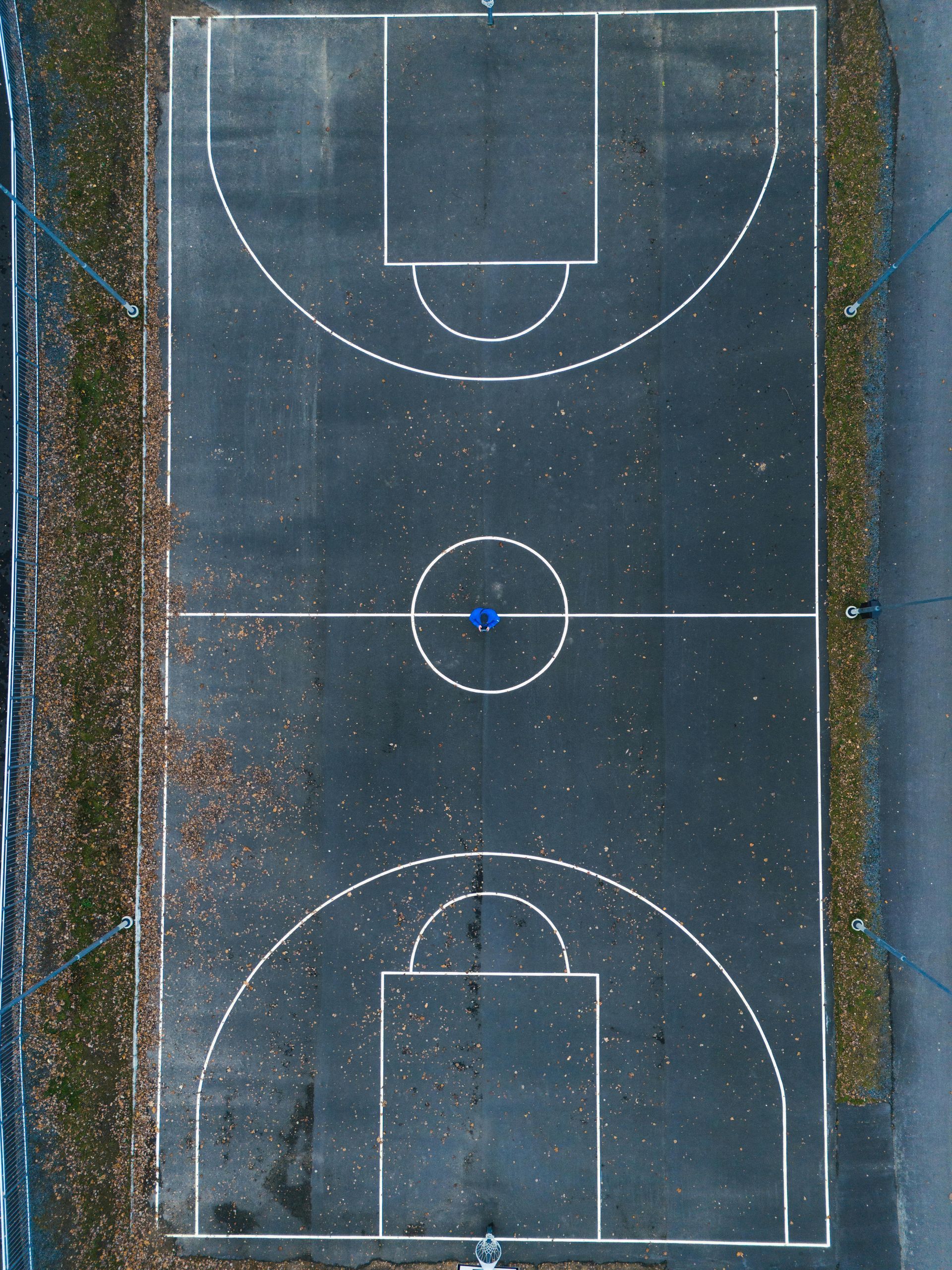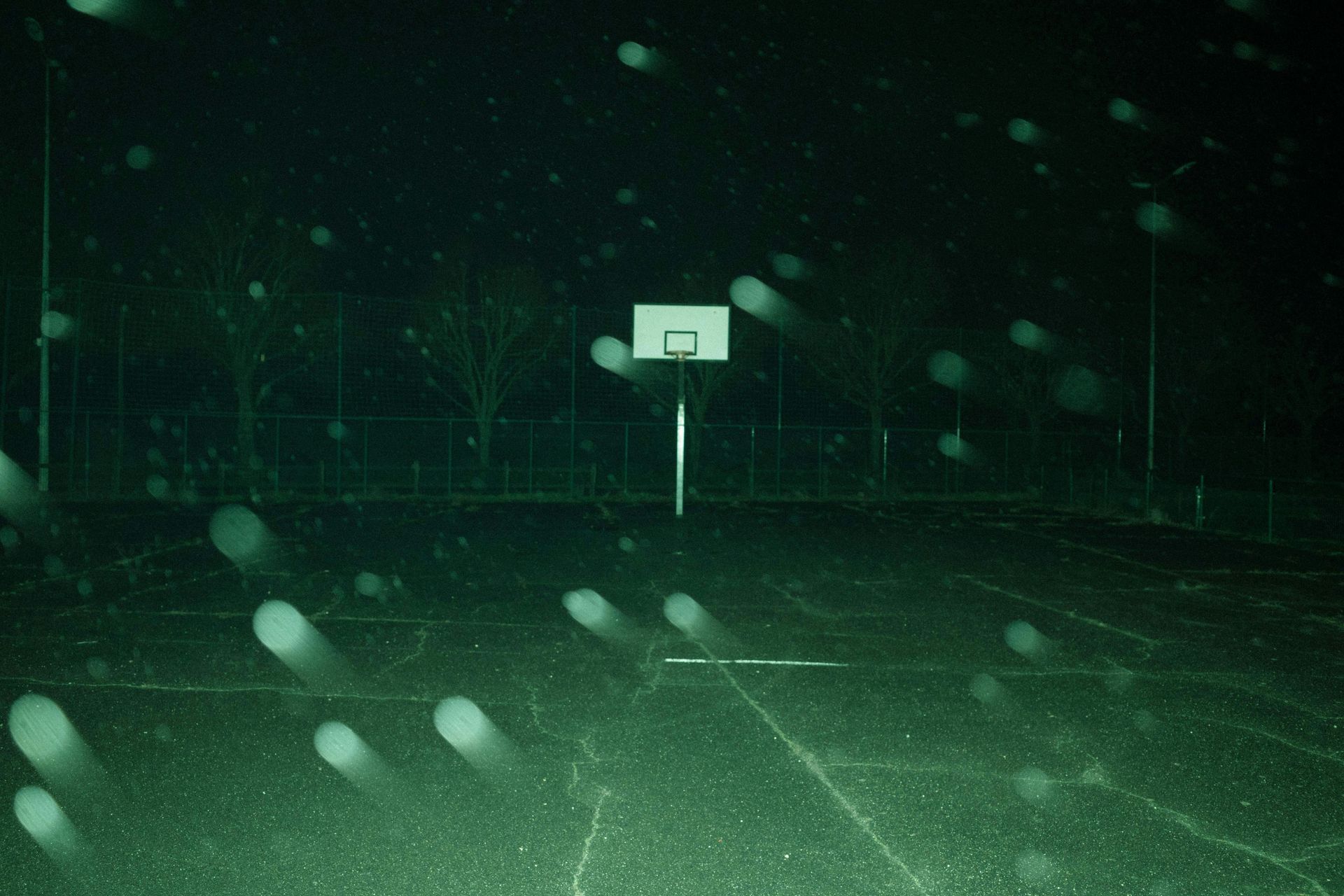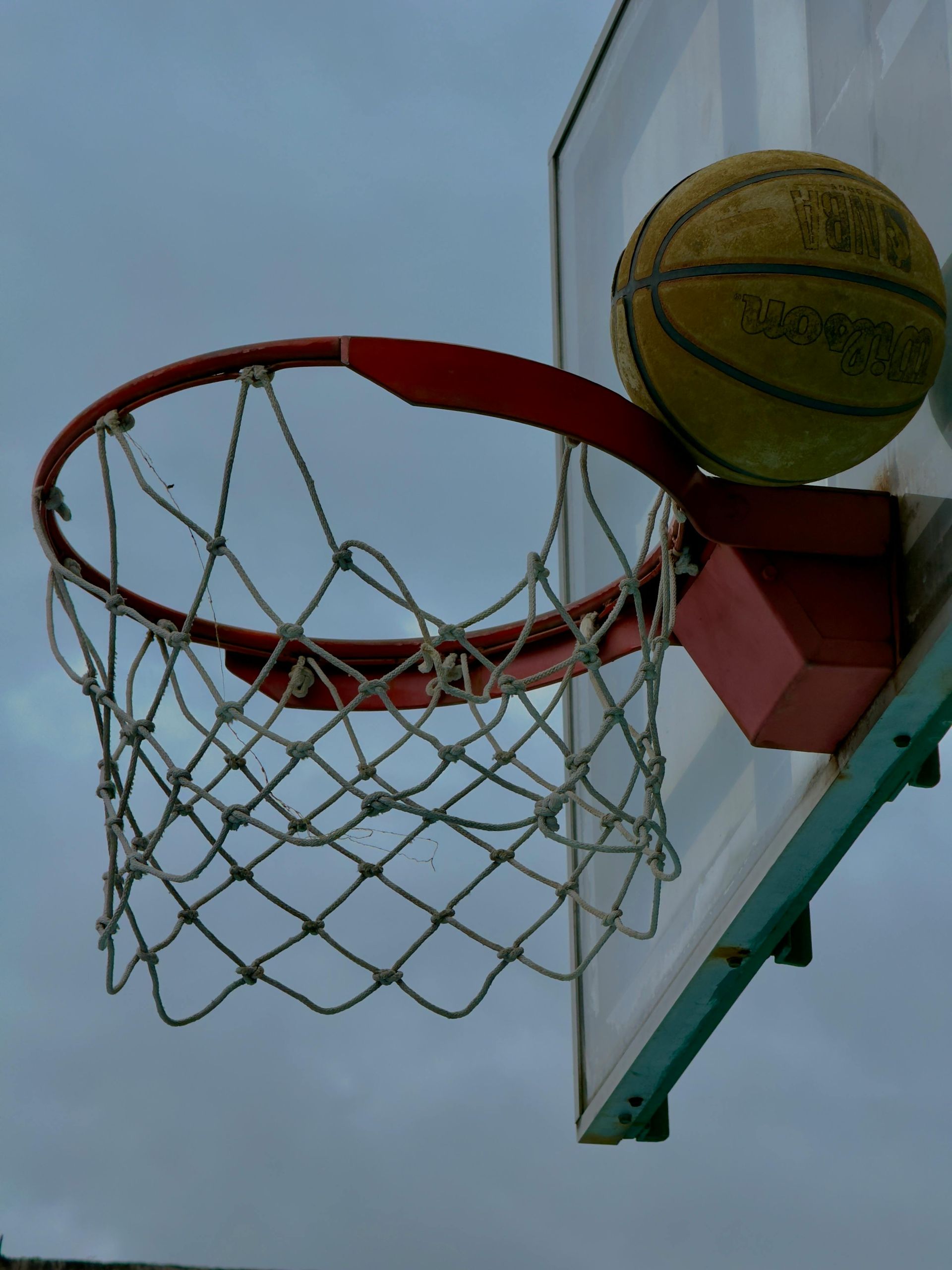The Benefits of Running the Floor in Basketball
Running the floor is a fundamental skill in basketball that can elevate your game and significantly impact your team's success.

Running the floor is a fundamental skill in basketball that can elevate your game and significantly impact your team's success. Let's explore the benefits of running the floor and understand how, why, and where to run to maximize your effectiveness on the court.
Benefits of Running the Floor
1. Increased Scoring Opportunities
- Fast Breaks: Quickly transitioning from defense to offense can catch the opposing team off-guard, leading to easy layups or open shots.
- Open Shots: Running the floor can create open shots as defenders scramble to get back, often leaving shooters unguarded.
2. Enhanced Offensive Flow
- Pace and Tempo: A team that runs the floor can dictate the pace of the game, wearing down the defense and creating a more dynamic and unpredictable offense.
- Spacing: Good floor running improves spacing, allowing for better ball movement and more effective offensive sets.
3. Exploiting Mismatches
- Transition Mismatches: Quick transitions can lead to mismatches where a faster player is guarded by a slower defender, creating advantageous scoring opportunities.
How to Run the Floor
1. Sprint with Purpose
- Players should sprint hard with the intent to create scoring opportunities. Jogging or lackluster effort diminishes the effectiveness of running the floor.
2. Fill the Correct Lanes
- Wings: The primary runners should sprint wide to the wings. This stretches the defense and opens up the middle of the floor for ball handlers and trailers.
- Corners: Players should aim to reach the corners in transition. This provides spacing for driving lanes and open three-point shots.
3. Communicate
- Communication is key. Players must call out their positions and be aware of their teammates' locations to avoid clustering and ensure proper spacing.
Why to Run the Floor
1. Pressure the Defense
- Running the floor puts constant pressure on the defense, forcing them to react quickly and often leading to defensive mistakes or fouls.
2. Create High-Percentage Shots
- Transition opportunities typically result in high-percentage shots like layups, dunks, or open three-pointers, increasing overall scoring efficiency.
3. Energy and Momentum
- Fast-paced play can energize the team and the crowd, building momentum and creating a psychological advantage.
Where to Run the Floor
1. Wide and to the Wings
- Players should run wide to the sidelines, aiming to fill the wings (around the three-point line extended). This maximizes spacing and forces the defense to cover more ground.
2. Corners
- Runners should target the corners as the end point of their sprint. This positioning is crucial for spacing and opens up the middle for drives or secondary transition actions.
3. Middle of the Floor
- The ball handler should push the ball through the middle of the floor, looking to either drive to the basket or pass to the wings or corners. Trailers (typically bigs) should follow the ball handler, ready to receive passes for easy scores or initiate secondary actions.
By understanding and implementing these concepts, you can enhance your ability to run the floor effectively. This will not only improve your individual game but also contribute to your team's success on the court. Remember, running the floor is about effort, awareness, and smart positioning. So next time you're on the court, run with purpose, communicate with your teammates, and watch how it transforms your game.
